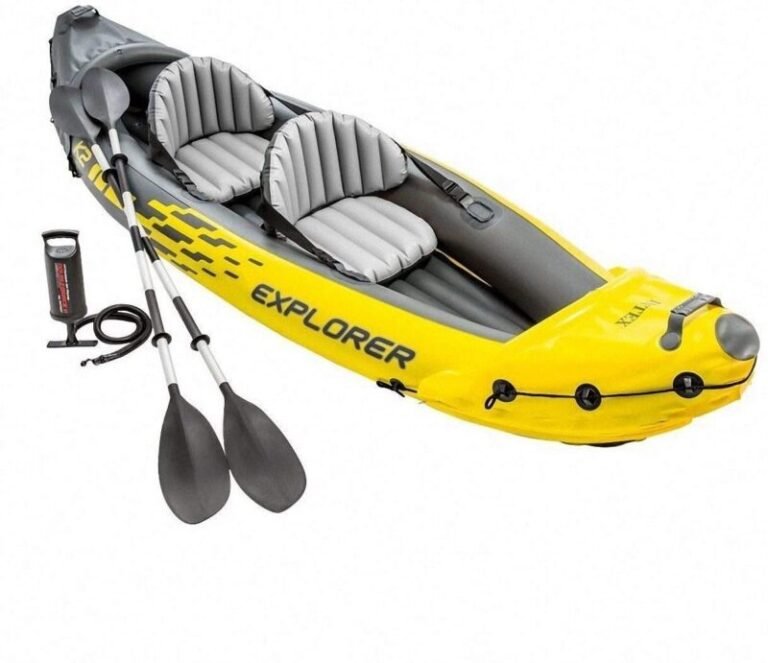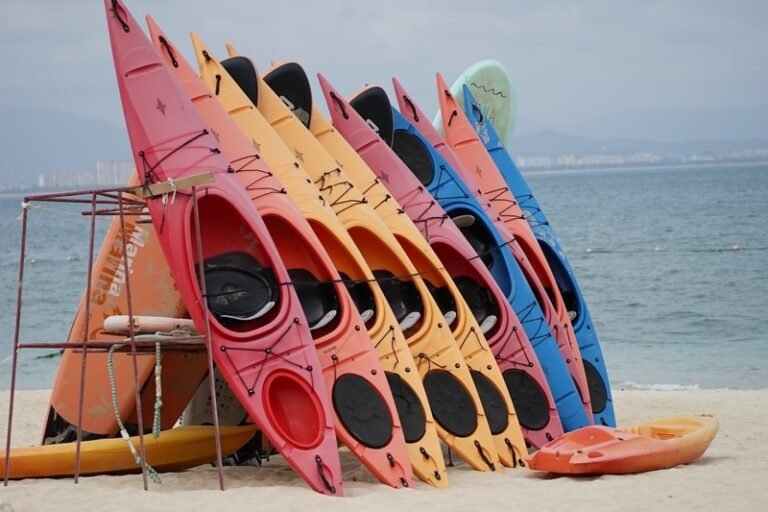Ultimate Guide To Kayak Catfishing
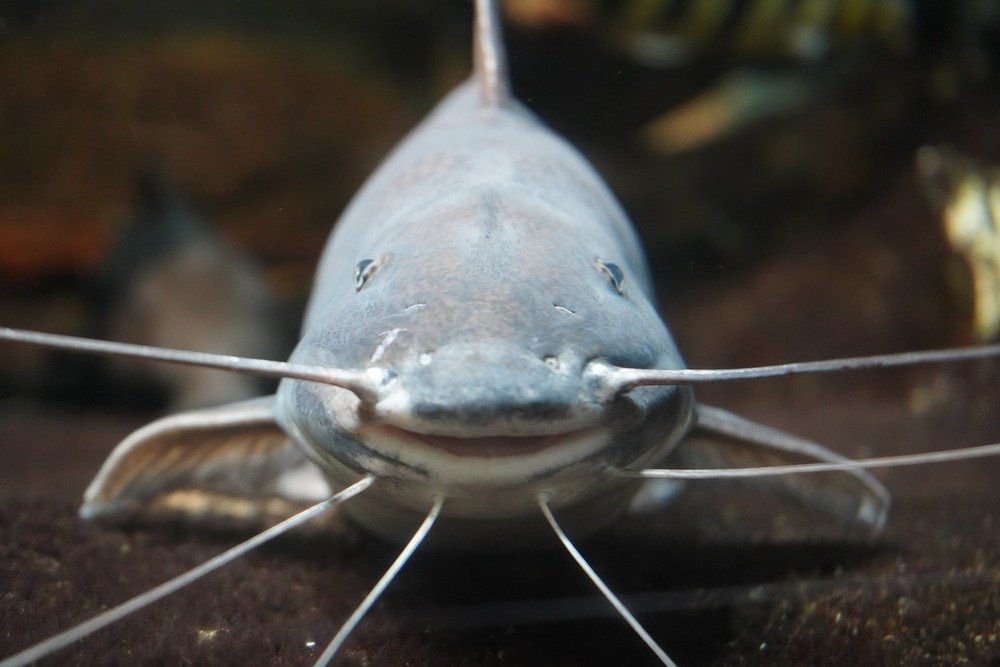
What is Kayak Catfishing?
Kayak catfishing is quite an exciting experience, that combines the love of kayaking with the thrill you get from catfish hunting. It involves using a kayak as a means to access catfish habitats in various water bodies, from serene lakes to meandering rivers.
Benefits of Kayak Catfishing
Exercise and Adventure
Kayak catfishing isn’t just about catching fish; it’s also a great way to stay active and enjoy nature. Paddling your way to catfish hotspots provides both a means of exercise and adventure, making it a holistic outdoor experience.
Access to Remote Fishing Spots
Your kayak provides access to secluded fishing locations that are often out of reach for traditional anglers and their vessels. Kayaks are effective when navigating shallow waters, allowing you to explore hidden coves and channels where catfish live.
How To Prepare for Your Catfishing Trip

Select the Right Kayak
When choosing a kayak for catfishing, consider the following:
- Sit-on-top kayaks provide better stability and are easier to get in and out of, making them a popular choice for catfish anglers.
- Sit-inside kayaks, while less common, offer improved protection and can be a good choice in colder climates.
- Look for a kayak with a wide hull and a flat bottom to enhance stability during casting and reeling. Ensure your kayak has an adjustable and padded seat for long hours of fishing comfort.
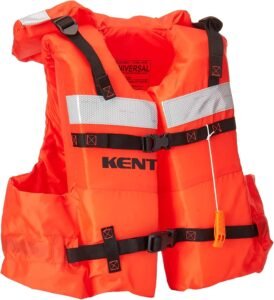
Safety Equipment
- Personal Flotation Devices (PFDs): Always wear a Coast Guard-approved PFD for safety on the water.
- Whistle or Horn: Consider attaching a whistle or horn to your PFD for signaling in emergencies.
- Visual Distress Signals: Carry flares or signal flags for visibility.
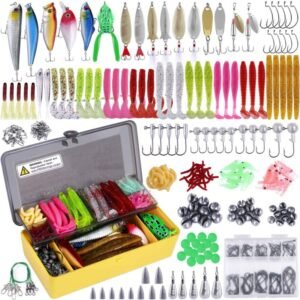
Fishing Gear and Tackle
Fishing Rods and Reels: Choose fishing rods and reels that suit your catfishing style.
- Heavy-Duty Rods: Opt for robust rods designed for handling larger catfish species.
- Baitcasting Reels: These offer excellent control and are suitable for casting heavier baits.
Bait and Lures:
- Natural Baits: Popular choices include live or cut bait such as shad, nightcrawlers, or chicken liver.
- Artificial Lures: Consider using lures like soft plastics or crankbaits to entice catfish.

Anchor Systems
- Anchor Type: Depending on the conditions, select a claw anchor, box anchor, or drift sock.
- Anchor Trolley: Install an anchor trolley system for flexibility in positioning your kayak.
Prepping Your Kayak For Your Trip
1. Rod Holders and Mounts
- Flush Mount Rod Holders: Install these for secure rod storage and ease of access.
- Adjustable Rod Holders: Go for adjustable holders to position your rods for various fishing situations.
2. Fish Finders and Electronics
- GPS: Use a GPS unit for navigation and marking productive catfishing spots.
- Fish Finder: Install a fish finder to locate catfish and understand underwater terrain.
3. Tackle Storage Options
- Deck Bags: Consider deck bags for quick access to frequently used items needed while catfishing.
- Tackle Crates: Use tackle crates with trays for neatly storing lures, hooks, and fishing accessories.
Understanding Catfish Behavior
Habitat and Feeding
Catfish often lurk near underwater structures such as submerged trees, rock formations, or deep holes. Learn to identify these features in your chosen water body and locality. Catfish are often more active during dawn and dusk and tend to feed near the bottom of the water.
Seasonal Variations
Catfish become more active as water temperatures rise, often moving to shallower waters for spawning during Spring. In hot weather, catfish may seek cooler, deeper areas or stay near cover during the day and become more active at night.
As temperatures drop, catfish tend to feed voraciously to prepare for winter. They become less active and may move to deeper, slower-moving water to conserve energy during the winter.
How To Find The Right Catfishing Location
Local Lakes, Rivers, and Ponds
Identify nearby lakes, rivers, and ponds that are known for catfish populations. Local fishing shops or experienced anglers can provide valuable insights. Also, look for public access points like boat ramps or fishing piers that offer convenient entry to the water.
Online Resources
Participate in fishing forums or social media groups where anglers share their catfishing experiences and recommendations. Use fishing apps that provide maps, weather data, and catch reports to pinpoint potential hotspots.
Factors Influencing Fishing Location
Water Currents and Structures
Catfish often stay in areas with a moderate current where they can easily find food. Look for submerged structures like logs, brush piles, or drop-offs that provide cover and attract catfish.
Time of Day
Catfish are most active during these low-light periods, making them ideal for fishing. Consider night fishing for catfish, as they tend to be more active when darkness falls.
Water Depth and Temperature
Depending on the season, catfish may prefer different depths. Adjust your fishing spot accordingly. Monitor water temperature as it can influence catfish behavior. Use a thermometer to gauge conditions.
Safety Precautions While Catfishing
1. Life Jackets and Personal Flotation Devices
Ensure your PFD fits snugly and is suitable for kayaking. Always wear your PFD, especially when fishing alone.
2. Weather and Water Conditions
Check weather forecasts before heading out and be prepared for changing conditions. Take note of water currents, tides, and potential hazards in your chosen fishing location.
3. Communication Devices
Carry a waterproof pouch for your phone or a marine radio for any emergency that might come up. It’s always better safe than sorry.
4. First Aid Kit
Carry a basic first aid kit to address cuts, scrapes, and other minor injuries.
Storing and CleaningYour Kayak
Proper Storage Techniques
Allow your kayak to thoroughly dry before storing it in a cool, shaded area, protected from direct sunlight. Consider using a kayak cover to shield it from the surroundings. If possible, store your kayak off the ground on a rack or wall mount to prevent warping or distortion.
Removing Saltwater and Debris
Rinse your kayak with fresh water after saltwater outings to remove salt residue that can corrode materials. Regularly remove debris and mud from your kayak’s hull and storage compartments.
Maintaining Fishing Gear
Cleaning Rods and Reels
After each fishing trip, rinse your fishing rods and reels with fresh water to remove salt and debris. Allow them to dry completely to prevent corrosion. Apply reel oil or grease to moving parts as recommended by the manufacturer to maintain smooth operation.
Replacing Worn Components
Check fishing rod guides and tips for wear, cracks, or damage. Replace any damaged components to ensure smooth casting. Replace the fishing line if it shows signs of fraying, damage, or reduced strength.
Kayak Catfishing Seasonal Tips and Tricks
Spring
In spring, catfish move to shallower waters for spawning. Focus on areas with submerged structures, as catfish often use them for protection and nesting. Use live bait such as shad or bluegill, which are abundant during the spring months and highly appealing to catfish.
Summer
Fish during the cooler night hours when catfish are more active. They tend to feed near the surface at night, making it a great time for topwater action. Look for deeper holes in rivers and lakes where catfish retreat to escape the heat during the day.
Fall and Winter
Take advantage of catfish feeding voraciously in preparation for winter. Fish near river confluences and transitions between deep and shallow waters. In winter, catfish are sluggish. Fish slowly, near the bottom, and use natural bait like cut bait or live bait to tempt them.
Necessaries For Night Catfishing
Use waterproof LED lights to illuminate your kayak and fishing area. Red or green lights are less likely to spook catfish. Wear a headlamp with a red filter to maintain your night vision while handling gear and bait.
Fewer anglers fish at night, giving you more space and less pressure on catfish populations. Catfish are more active and less cautious at night, making them more likely to bite.
Whether you’re a beginner or a seasoned pro, always strive to improve your skills, stay safe on the water, and contribute to the conservation of this species.


